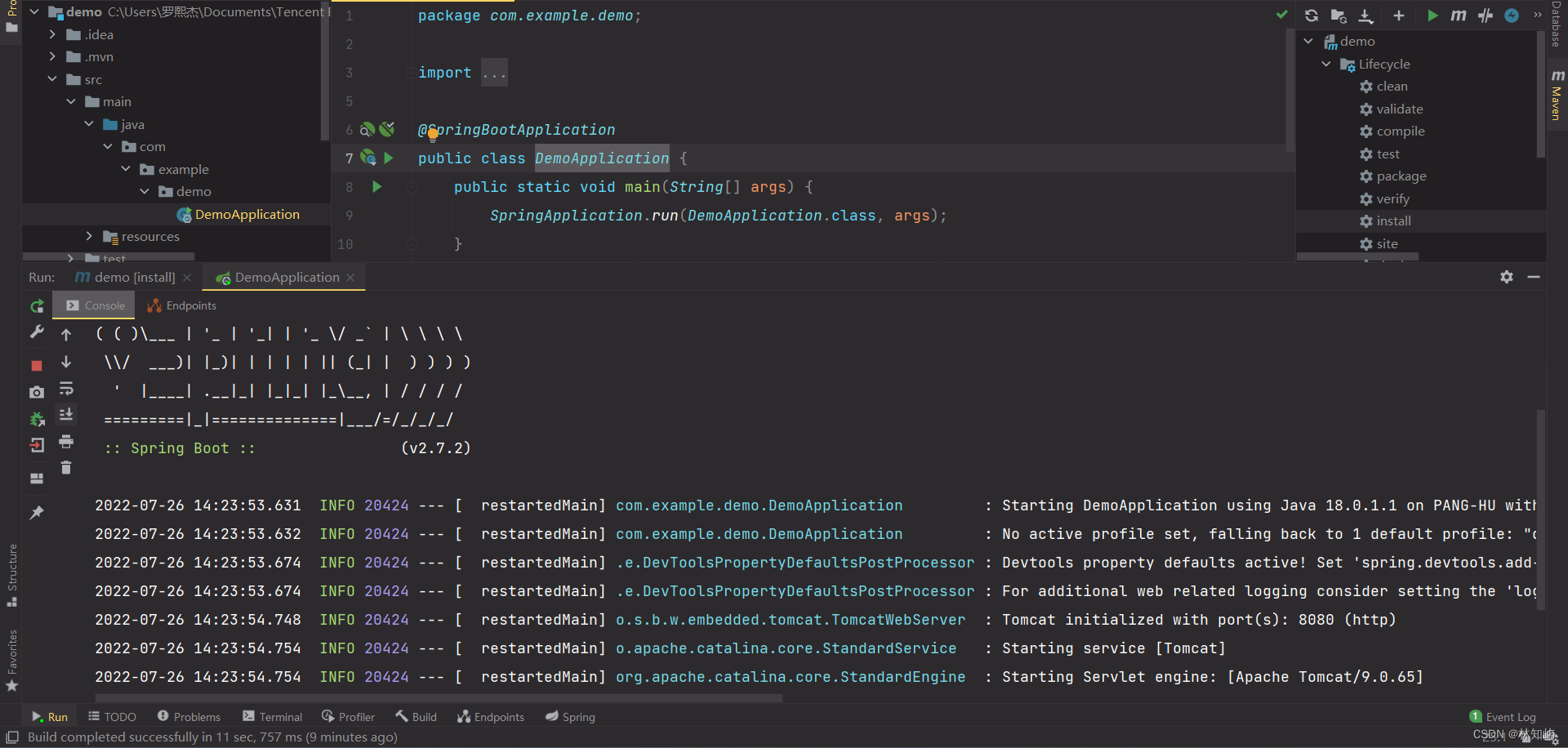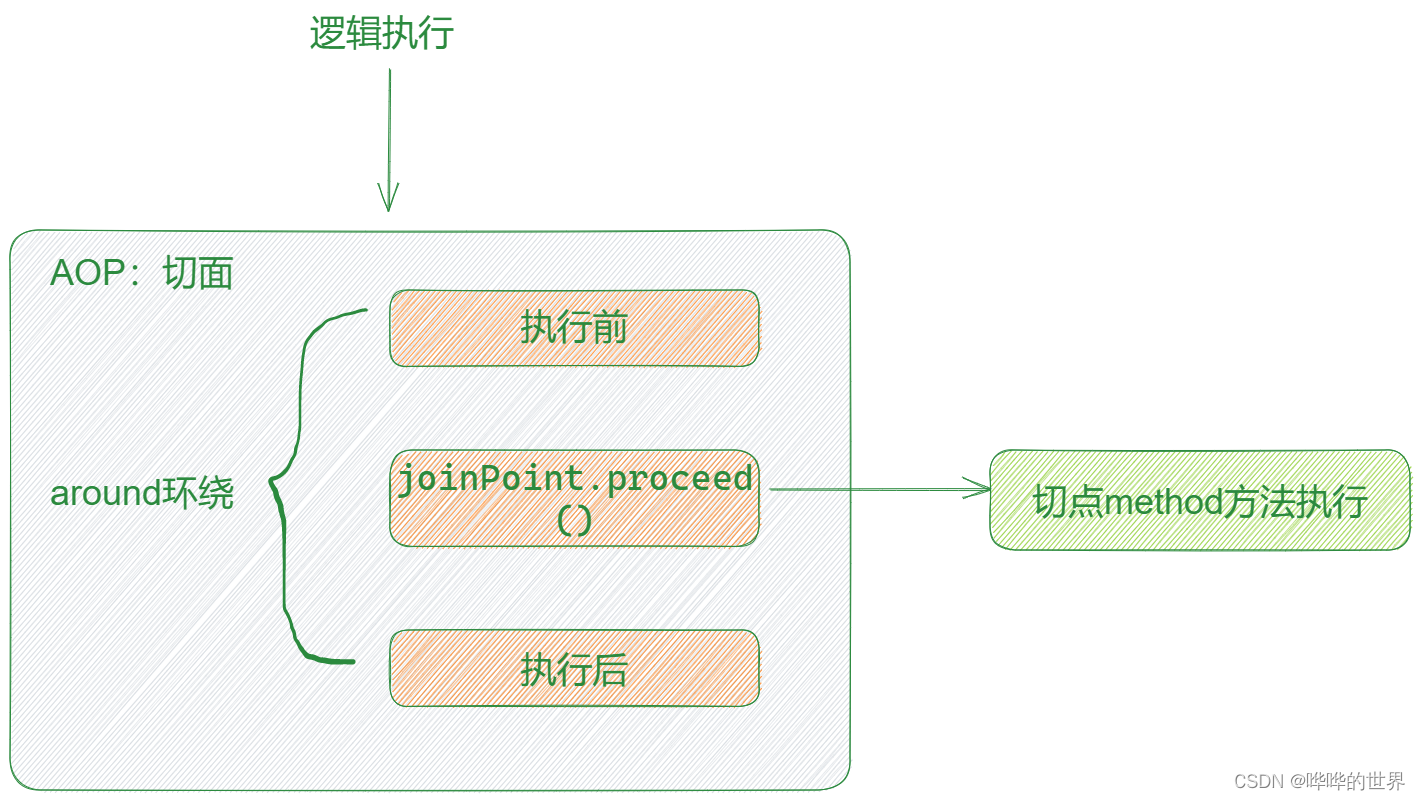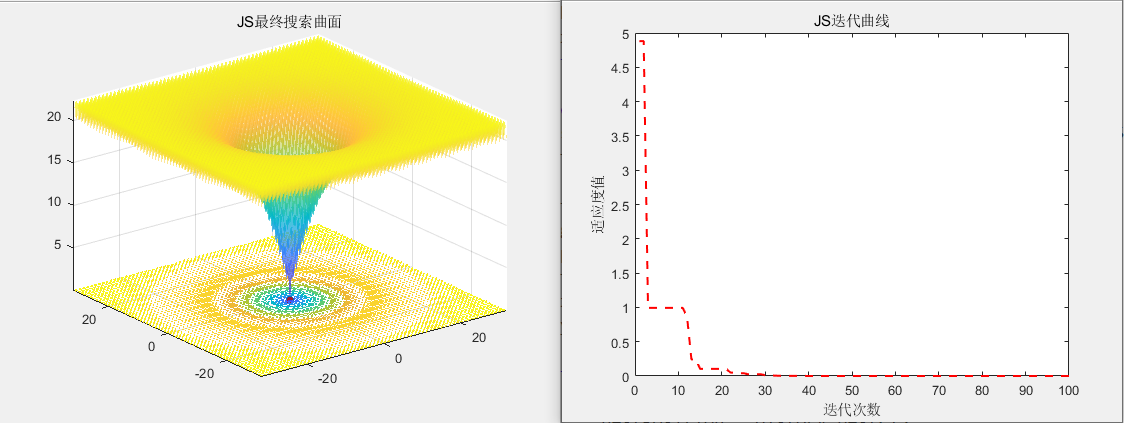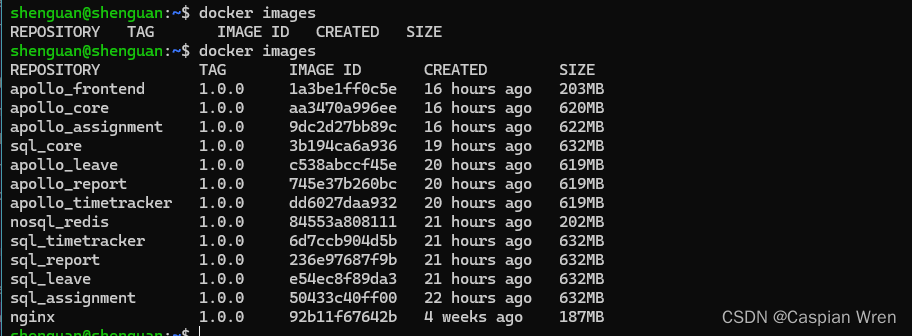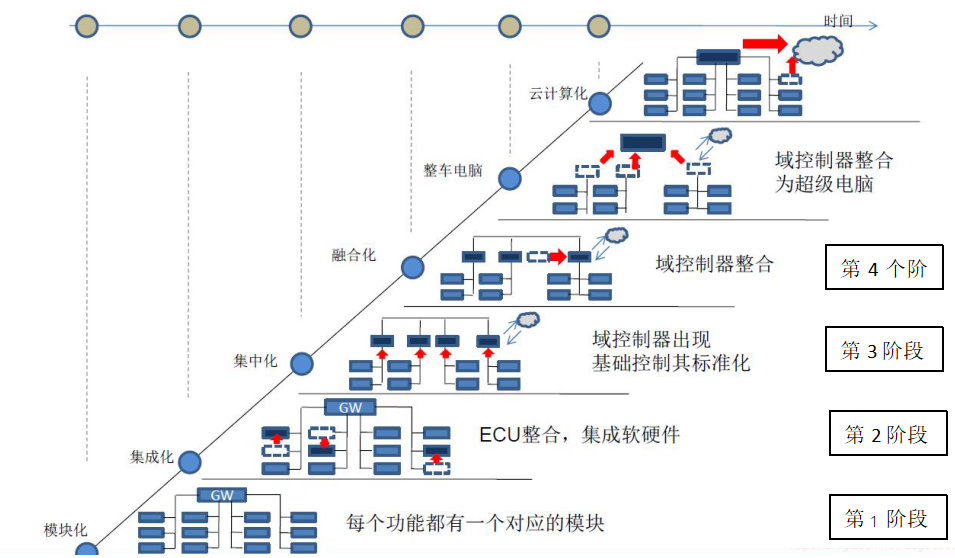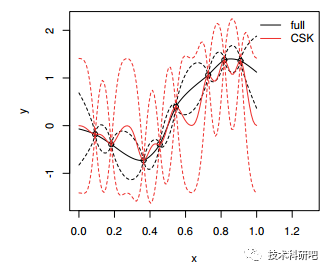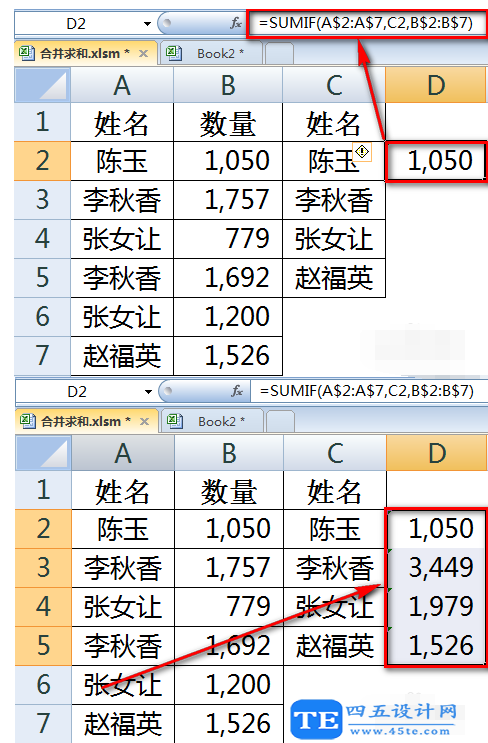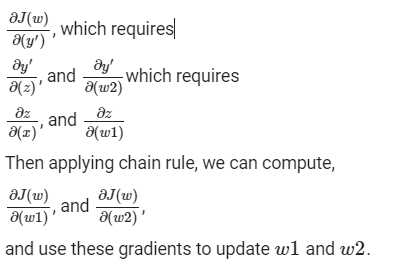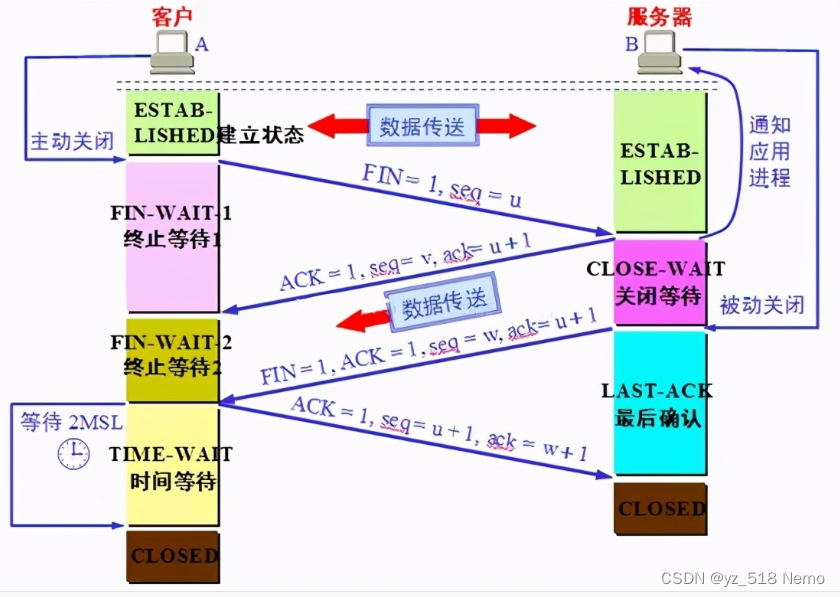实验名称 关联规则
| 实验时间 | 3月 14 日星期 四 第3.4节 |
| 实验目的 | 利用 Python 对关联规则算法进行调用。能够使用 Python 调用关联规则算法。首先使用apriori ,fpgrowth 或者 fpmax 函数来找出频繁项集,然后使用 association_rules 函数来找出关联规则,最后对关联规则做一些过滤操作。 |
| 实验环境 | Anaconda3 jupyter notebook |
| 实验内容(步骤、方法、算法、程序) | 首先使用apriori ,fpgrowth 或者 fpmax 函数来找出频繁项集,然后使用 association_rules 函数来找出关联规则,最后对关联规则做一些过滤的操作。 步骤 1 : 生成频繁项集 (1)首先创建一个由 fpgrowth 函数生成的频繁项集的DataFrame: (2)接下来,我们可以使用mlxtend 库中的association_rules 函数来找出关联规则。 (3)我们可以看到,关联规则包括了前件、后件、支持度、置信度、提升度等信息。例如,第一条规则表示如果顾客购买了芸豆,那么他们很可能也会购买鸡蛋,置信度为 0.8,提升度为1.0。 步骤 2 : 过滤规则 (1)计算先行词长度。 (2)可以使用多重过滤选择。 |
| 部分源程序代码/实验配置 |
|
| 实验结果与结论 |
!pip install mlxtend
import pandas as pd from mlxtend.frequent_patterns import apriori from mlxtend.frequent_patterns import association_rules import warnings warnings.filterwarnings('ignore') import pandas as pd from mlxtend.preprocessing import TransactionEncoder from mlxtend.frequent_patterns import apriori, fpmax, fpgrowth #假设我们有一个超市销售记录的数据集,其中每个记录包含了顾客购买的商品清单。我们想要找出哪些商品经常一起被购买。 dataset = [['牛奶', '洋葱', '香料', '芸豆', '鸡蛋', '酸奶'], ['菠萝', '洋葱', '香料', '芸豆', '鸡蛋', '酸奶'], ['牛奶', '苹果', '芸豆', '鸡蛋'], ['牛奶', '黄瓜', '玉米', '芸豆', '酸奶'], ['玉米', '洋葱', '芸豆', '冰淇淋', '鸡蛋']] #我们可以使用 mlxtend 库中的 fpgrowth 函数来找出频繁项集和关联规则。 #将数据集转换为布尔矩阵 te = TransactionEncoder() te_ary = te.fit(dataset).transform(dataset) df = pd.DataFrame(te_ary, columns=te.columns_) # 使用 fpgrowth 算法找出频繁项集 """ fpgrowth 算法参数解释: 1. transactions:指待挖掘的数据集,可以是一个 DataFrame 或者一个 List,其中每一行代表一个事务,每一列代表一个项。 2. min_support:指频繁项集的最小支持度,用来筛选频繁项集。默认值为 0.5。 3. use_colnames:指是否使用列名作为项集的元素,如果为 True,则返回结果中的项集元素为列名,否则为列的索引。默认值为 False。 4. max_len:指频繁项集中包含的最大项数,用来控制算法的搜索空间。默认值为 None,表示不限制最大项数。 5. verbose:指是否输出详细的运行日志,如果为 True,则输出运行过程中的详细信息,否则不输出。默认值为 0。 6. 返回值:返回一个 DataFrame,其中包含了所有满足最小支持度要求的频繁项集及其支持度。""" frequent_itemsets = fpgrowth(df, min_support=0.6, use_colnames=True) ### 也可以采用 apriori 和 fpmax 算法 #frequent_itemsets = apriori(df, min_support=0.6, use_colnames=True) #frequent_itemsets = fpmax(df, min_support=0.6, use_colnames=True) # 打印频繁项集 print(frequent_itemsets)
from mlxtend.frequent_patterns import association_rules # 找出关联规则 rules=association_rules(frequent_itemsets, metric="confidence", min_threshold=0.7) # 打印关联规则 print(rules)
rules = association_rules(frequent_itemsets, metric="lift", min_threshold=1.1) Rules
rules = association_rules(frequent_itemsets, metric="lift", min_threshold=1.1) rules
rules["antecedent_len"] = rules["antecedents"].apply(lambda x: len(x)) rules
rules[ (rules['antecedent_len'] >= 2) & (rules['confidence'] > 0.75) & (rules['lift'] > 1.2) ]
rules[rules['antecedents'] == {'鸡蛋', '芸豆'}]
antecedent_sele = rules['antecedents'] == frozenset({'洋葱', '芸豆'}) # or frozenset({'芸豆', '洋葱'}) consequent_sele = rules['consequents'] == frozenset({'鸡蛋'}) final_sele = (antecedent_sele & consequent_sele) rules.loc[ ~final_sele ]
|
| 实验心得与小结 | 我们在实验中学习了FP-Growth 关联,它利用 FP 树来存储频繁项集,从而减少搜索空间,提高搜索效率。除此之外,还可以将 FP-Growth 替换为Apriori 或者 FPMax,Apriori 它能够发现任意长度的频繁项集,并能够发现复杂的关联规则,FPMax 通过剪枝和过滤来减少搜索空间,从而提高了算法的效率,找到频繁模式的最大项集。 |
| 指导教师 评议 | 成绩评定: 指导教师签名: |











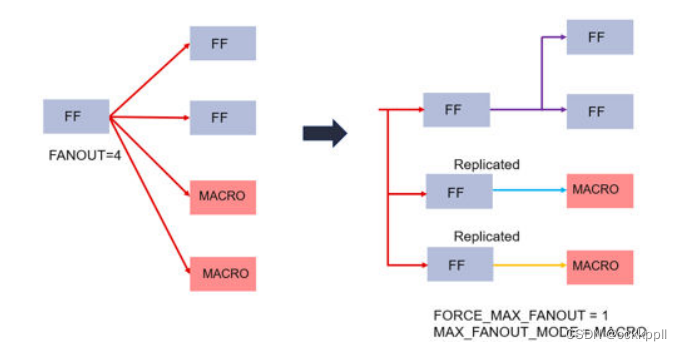



![[JavaWeb学习日记]Vue工程,springboot工程整合Mybatis,数据库索引](https://img-blog.csdnimg.cn/direct/686a7e5bfe6c4547ad1208b67d19fcf5.png)
